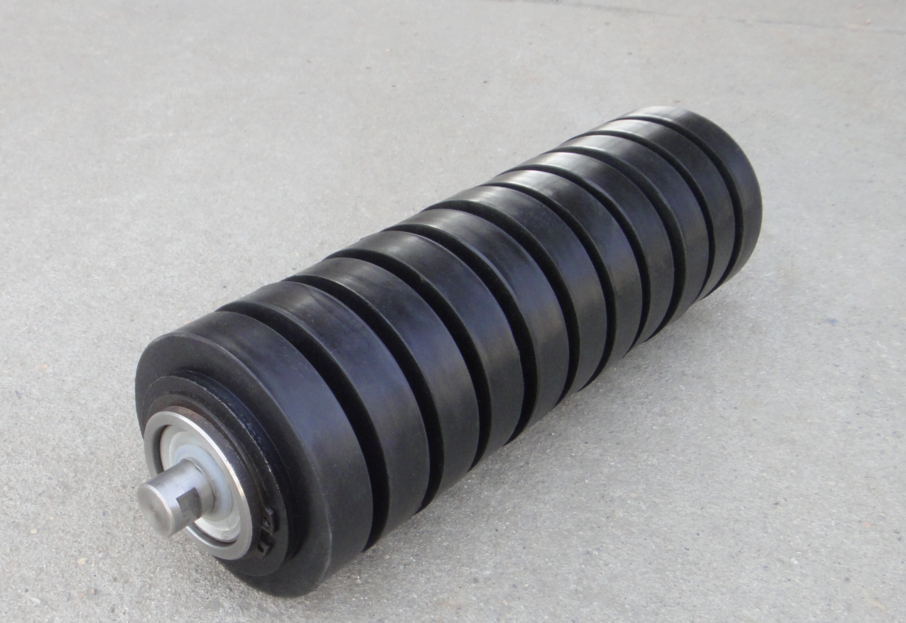 Afrikaans
Afrikaans  Albanian
Albanian  Amharic
Amharic  Arabic
Arabic  Armenian
Armenian  Azerbaijani
Azerbaijani  Basque
Basque  Belarusian
Belarusian  Bengali
Bengali  Bosnian
Bosnian  Bulgarian
Bulgarian  Catalan
Catalan  Cebuano
Cebuano  Corsican
Corsican  Croatian
Croatian  Czech
Czech  Danish
Danish  Dutch
Dutch  English
English  Esperanto
Esperanto  Estonian
Estonian  Finnish
Finnish  French
French  Frisian
Frisian  Galician
Galician  Georgian
Georgian  German
German  Greek
Greek  Gujarati
Gujarati  Haitian Creole
Haitian Creole  hausa
hausa  hawaiian
hawaiian  Hebrew
Hebrew  Hindi
Hindi  Miao
Miao  Hungarian
Hungarian  Icelandic
Icelandic  igbo
igbo  Indonesian
Indonesian  irish
irish  Italian
Italian  Japanese
Japanese  Javanese
Javanese  Kannada
Kannada  kazakh
kazakh  Khmer
Khmer  Rwandese
Rwandese  Korean
Korean  Kurdish
Kurdish  Kyrgyz
Kyrgyz  Lao
Lao  Latin
Latin  Latvian
Latvian  Lithuanian
Lithuanian  Luxembourgish
Luxembourgish  Macedonian
Macedonian  Malgashi
Malgashi  Malay
Malay  Malayalam
Malayalam  Maltese
Maltese  Maori
Maori  Marathi
Marathi  Mongolian
Mongolian  Myanmar
Myanmar  Nepali
Nepali  Norwegian
Norwegian  Norwegian
Norwegian  Occitan
Occitan  Pashto
Pashto  Persian
Persian  Polish
Polish  Portuguese
Portuguese  Punjabi
Punjabi  Romanian
Romanian  Russian
Russian  Samoan
Samoan  Scottish Gaelic
Scottish Gaelic  Serbian
Serbian  Sesotho
Sesotho  Shona
Shona  Sindhi
Sindhi  Sinhala
Sinhala  Slovak
Slovak  Slovenian
Slovenian  Somali
Somali  Spanish
Spanish  Sundanese
Sundanese  Swahili
Swahili  Swedish
Swedish  Tagalog
Tagalog  Tajik
Tajik  Tamil
Tamil  Tatar
Tatar  Telugu
Telugu  Thai
Thai  Turkish
Turkish  Turkmen
Turkmen  Ukrainian
Ukrainian  Urdu
Urdu  Uighur
Uighur  Uzbek
Uzbek  Vietnamese
Vietnamese  Welsh
Welsh  Bantu
Bantu  Yiddish
Yiddish  Yoruba
Yoruba  Zulu
Zulu Understanding Conveyor Idler Pulleys and Their Role in Material Handling Systems
The Importance of Conveyor Idler Pulleys in Material Handling Systems
In modern industry, the efficiency and reliability of material handling systems are critical to the success of operations across various sectors, including manufacturing, mining, and logistics. At the heart of these systems are conveyor belts, which are essential for the movement of goods and materials from one point to another. A key component of conveyor systems is the conveyor idler pulley, which plays a vital role in enhancing the performance and longevity of these systems.
Understanding Conveyor Idler Pulleys
Conveyor idler pulleys are cylindrical components mounted on a frame or structure, designed to support the conveyor belt as it moves materials. They ensure that the belt maintains the right tension and alignment, enabling smooth and efficient operation. Idlers can be found in various configurations, such as flat, trough, and rubber-coated designs, each serving specific applications depending on the material being transported and the environment in which the conveyor operates.
Types of Conveyor Idler Pulleys
There are several types of conveyor idler pulleys, each designed for particular functions
1. Carrying Idlers These are used to support the belt and the load being transported. They are typically found in a trough shape to contain the material being moved.
2. Return Idlers Located on the return side of the conveyor, these idlers guide the belt as it returns to the loading point. They help prevent belt sagging and maintain proper tension.
4. Training Idlers These idlers are used to maintain belt alignment and ensure that it tracks correctly along the conveyor system.
Each of these idler types contributes to the overall functionality and efficiency of the conveyor system, making their selection and maintenance crucial.
conveyor idler pulley

Benefits of Conveyor Idler Pulleys
The use of conveyor idler pulleys offers several advantages in material handling systems
1. Increased Reliability Idler pulleys play a crucial role in ensuring that the conveyor belt runs smoothly. By minimizing friction and wear, they extend the lifespan of the conveyor components.
2. Enhanced Efficiency Properly functioning idler pulleys reduce energy consumption by minimizing resistance as the belt moves. This leads to lower operational costs and increased throughput.
3. Improved Safety By ensuring that the belt remains aligned and properly tensioned, idler pulleys help prevent accidents caused by belt misalignment or slippage. This increases workplace safety for employees working around conveyor systems.
4. Reduced Maintenance The right selection and maintenance of idler pulleys can reduce the need for frequent repairs and replacements. Regular inspections can help identify wear and prevent larger, costly breakdowns.
Maintenance of Conveyor Idler Pulleys
To ensure optimal performance and longevity of conveyor idler pulleys, routine maintenance is essential. This includes
- Regular Inspections Checking for signs of wear, misalignment, or damage should be part of a regular maintenance schedule. - Lubrication Keeping the bearings lubricated with the appropriate grease can reduce friction and prevent overheating. - Cleaning Removing debris and material build-up around idlers can prevent interference with the conveyor operation and ensure the belt moves freely.
Conclusion
In summary, conveyor idler pulleys are integral to the efficient operation of material handling systems. Their ability to support, align, and protect conveyor belts makes them indispensable in various industries. With the right type of idler pulleys, organizations can enhance the reliability, safety, and efficiency of their conveyor systems while minimizing maintenance costs. As industries continue to evolve, the role of conveyor idler pulleys will remain crucial in ensuring that material handling processes are both effective and innovative. Investing in quality idler pulleys and maintaining them properly will ultimately lead to improved productivity and operational success.
-
Revolutionizing Conveyor Reliability with Advanced Rubber Lagging PulleysNewsJul.22,2025
-
Powering Precision and Durability with Expert Manufacturers of Conveyor ComponentsNewsJul.22,2025
-
Optimizing Conveyor Systems with Advanced Conveyor AccessoriesNewsJul.22,2025
-
Maximize Conveyor Efficiency with Quality Conveyor Idler PulleysNewsJul.22,2025
-
Future-Proof Your Conveyor System with High-Performance Polyurethane RollerNewsJul.22,2025
-
Driving Efficiency Forward with Quality Idlers and RollersNewsJul.22,2025





























